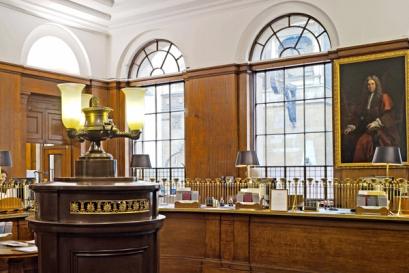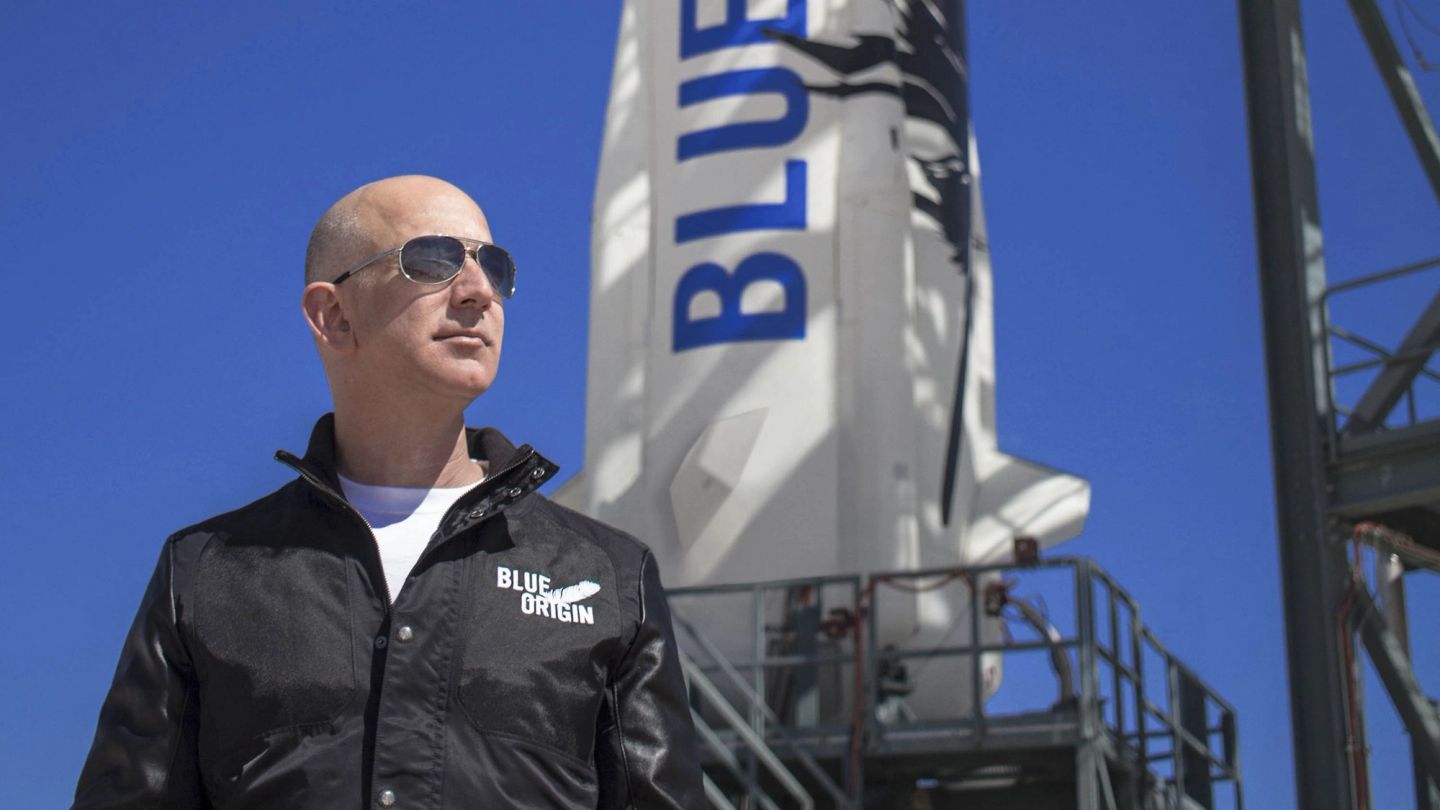
Business -- 11 days ago

Words: Tom Ward
On Tuesday 20th July 2021, Jeff Bezos became a member of one of the galaxy’s most exclusive clubs: he became only the second tech billionaire to travel into space under his own steam, joining Richard Branson who (as we previously reported) flew 53 miles above the earth in his Virgin Galactic shuttle SpaceShip Two Unity 22 on 11 July.
Discover the perks of being a member
| Clubhouse Membership | |
|---|---|
| Two Magazines per yearDelivered to your door | |
| Unlock DigitalAccess to all member-only online features | |
| Exclusive Interviews and FeaturesIn-depth stories and insights. |
| Membership Cardto redeem all the perks. |
| Members Invites to private Clubhouse events |
| Weekly newsletter Straight to your inbox |
To receive the latest in style, watches, cars and luxury news, plus receive great offers from the world’s greatest brands every Friday.
